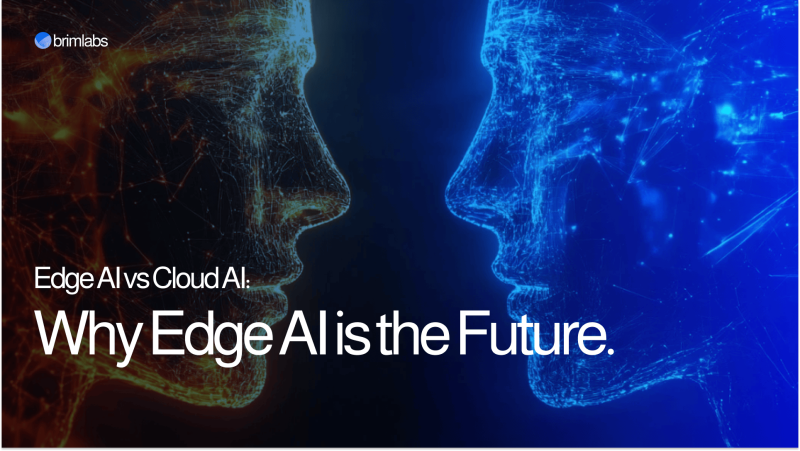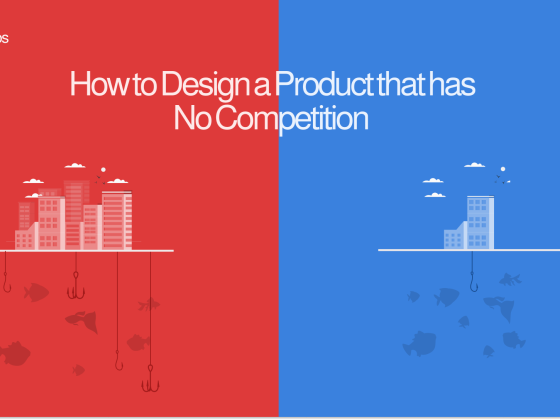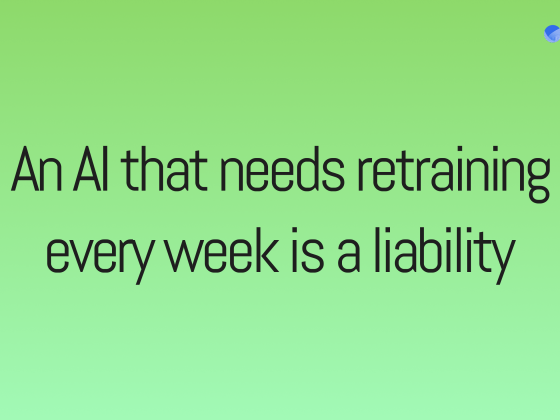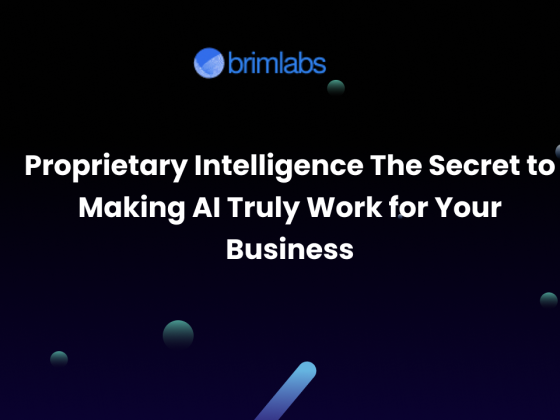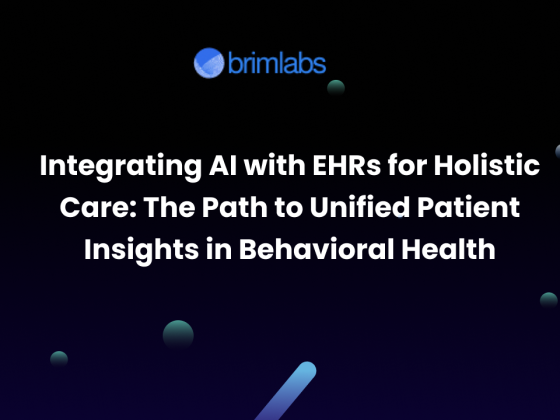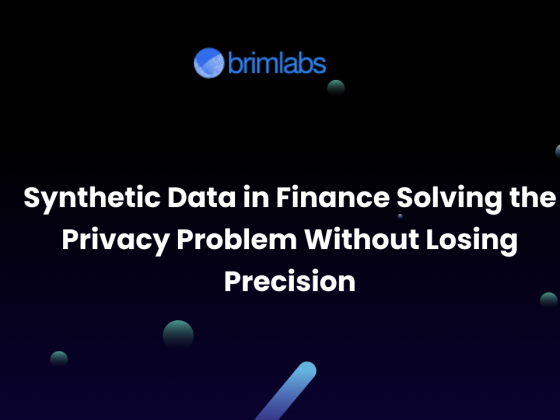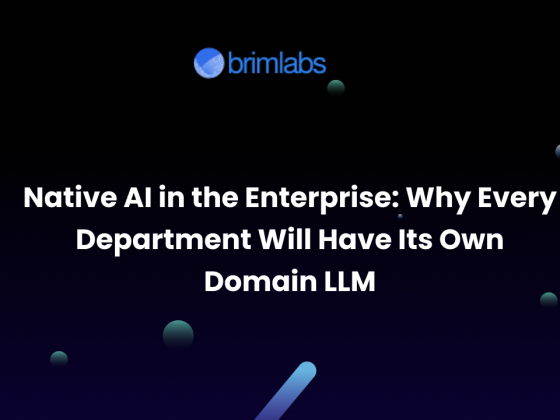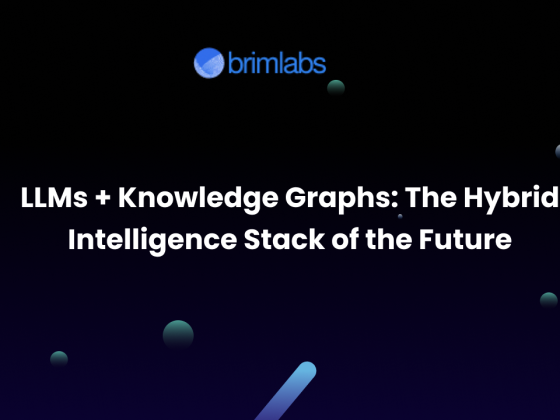AI has traditionally relied on cloud computing to process vast amounts of data. However, with the rise of Edge AI, this paradigm is shifting. Edge AI processes data directly on devices instead of sending it to the cloud, offering faster performance, improved privacy, and reduced costs. But what is the difference between Edge AI and Cloud AI, and why is Edge AI becoming the future? Let’s break it down.
Cloud AI vs Edge AI
Cloud AI: Cloud AI relies on powerful remote servers to process and analyze large amounts of data. When a user interacts with an AI-powered service, data is sent to a cloud-based infrastructure, where machine learning models process the information and return a response. This setup is beneficial for tasks that require extensive computational power, such as training AI models, running large-scale data analytics, and managing enterprise-level applications. However, Cloud AI depends heavily on internet connectivity, leading to potential latency issues, higher operational costs, and security concerns regarding data privacy.
Edge AI: Edge AI, on the other hand, processes data directly on the device itself, eliminating the need to send information to the cloud. Devices equipped with Edge AI, such as smartphones, smart cameras, and industrial IoT sensors, can perform real-time decision-making without relying on cloud connectivity. This results in lower latency, improved security, reduced bandwidth consumption, and greater efficiency, especially in scenarios where real-time responsiveness is crucial. Edge AI is particularly useful in industries like healthcare, autonomous vehicles, security, and manufacturing, where immediate action is required without waiting for cloud-based processing.
Why Edge AI is the Future?
Real-Time Processing with Lower Latency: One of the biggest advantages of Edge AI is its ability to process data instantly without waiting for cloud servers to respond. This is crucial for applications like:
- Autonomous vehicles that require split-second decisions
- Smart security cameras for real-time threat detection
- Augmented Reality (AR) & Virtual Reality (VR) applications
Better Privacy and Security: With growing concerns over data privacy, Edge AI ensures sensitive data never leaves the device. Industries such as healthcare and finance benefit significantly from local AI processing, reducing the risk of data breaches.
Works Without Internet: Unlike Cloud AI, which relies on Internet connectivity, Edge AI enables smart devices to function even in remote areas with limited or no connectivity. This is ideal for:
- Rural healthcare diagnostics
- Drones and robots in disaster recovery
- Smart agriculture solutions
Cost Efficiency: Cloud AI requires expensive computing resources and continuous data transmission, leading to high operational costs. Edge AI reduces:
- Cloud storage costs by keeping data local
- Bandwidth costs by eliminating constant data uploads
- Energy consumption, making devices more power-efficient
Advancements in AI Hardware: With the rise of AI chips optimized for Edge computing, devices are becoming more powerful without relying on cloud-based models. Technologies like:
- Google’s Edge TPU (Tensor Processing Unit)
- Apple’s Neural Engine (for on-device ML processing)
- NVIDIA Jetson Nano (for AI-powered robotics) are making Edge AI faster and more accessible.
The Future of AI: Cloud and Edge AI Together
While Edge AI is gaining momentum, Cloud AI will still play a role, especially for:
- Training AI models using large datasets
- Data synchronization across multiple edge devices
- Big data analytics and insights
However, the future lies in a hybrid AI model, a combination of Cloud AI and Edge AI, where models are trained in the cloud but deployed and run on the edge.
To stay ahead in the AI revolution, businesses must embrace Edge AI for faster, more secure, and more cost-efficient intelligence. At Brim Labs, we help you build cutting-edge AI solutions that seamlessly integrate Edge and Cloud for optimal performance. Let’s collaborate to future-proof your technology—reach out today!

